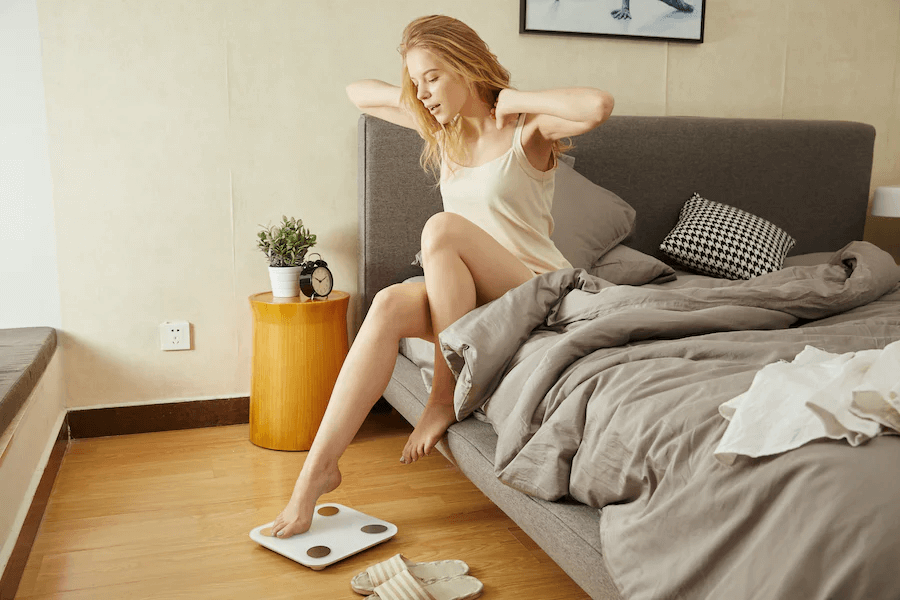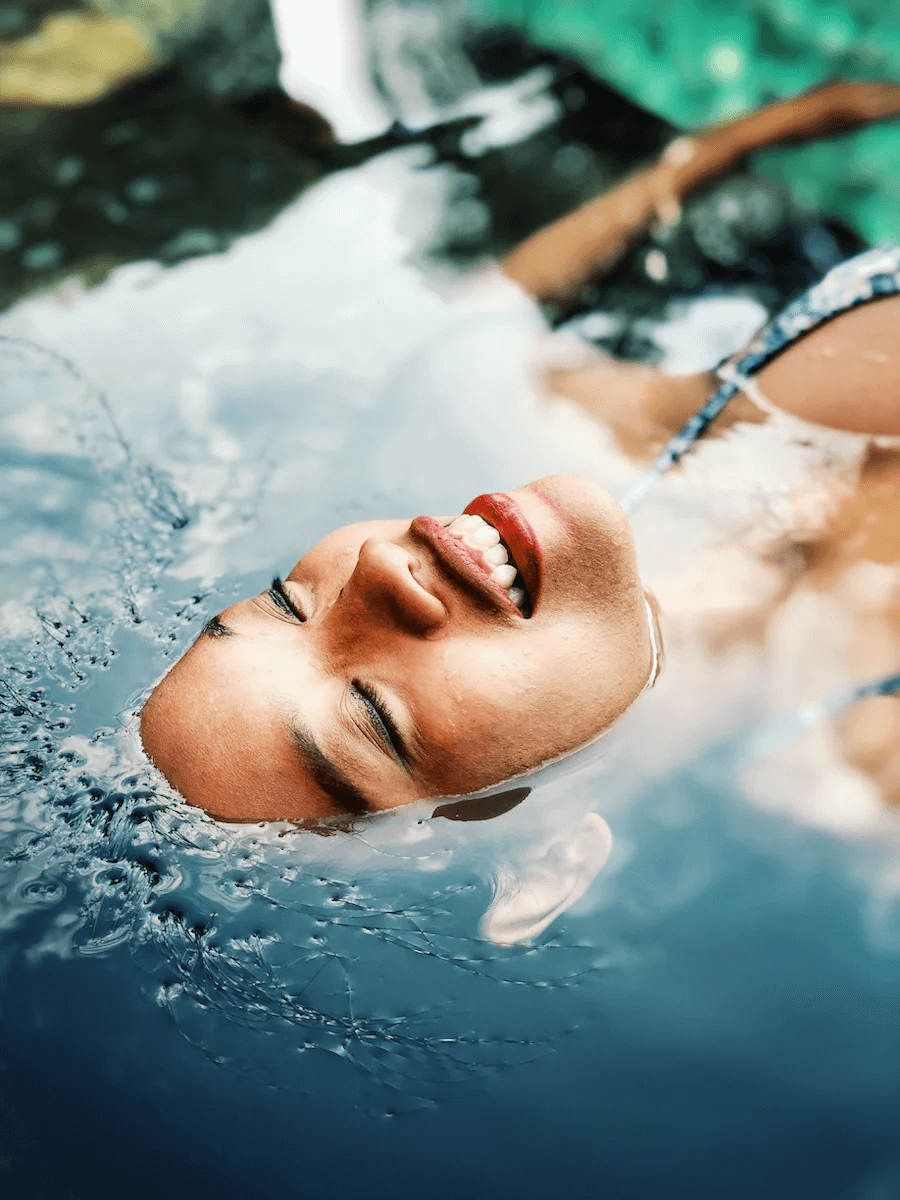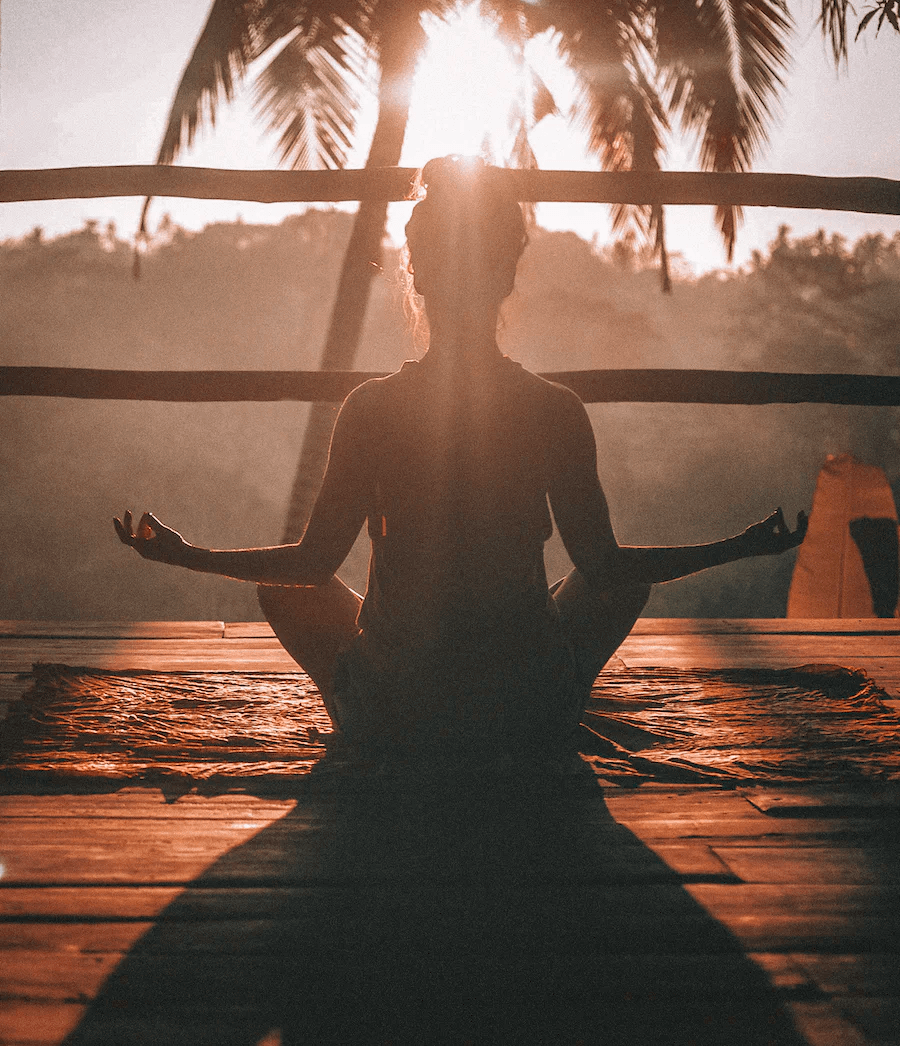Were you aware that engaging in physical activity can have a tremendously positive impact on your skin? Contrary to popular belief, perspiring through exercise may very well hold the key to attaining a vibrant and flourishing complexion. From boosting circulation to reducing stress, numerous ways that getting active can benefit your skin. So if you’re ready to learn how to take your skincare routine to the next level, read on for 10 tips on how exercise can really benefit your skin.
1. Enhances circulation

Physical activity aids in the betterment of blood circulation by raising your heart rate and widening your blood vessels. This improved circulation allows for vital nutrients and oxygen to be effectively distributed to your skin cells, fostering growth and repair. Additionally, enhanced blood flow assists in eliminating waste products and free radicals from your skin, fostering a healthier, more luminous complexion and diminishing aging signs. Consequently, your skin will look healthier, more lively, and better equipped to recuperate from damage due to external factors such as UV radiation and pollution. (
1
)
2. Lowers tension

Regular participation in physical activities can aid in decreasing stress by producing endorphins, the body’s natural mood boosters. Reduced stress implies a decrease in cortisol, a hormone that can induce skin inflammation and breakouts. By regulating tension with physical exercises, you can boost your skin’s comprehensive health and look, and even avert exacerbations of skin conditions such as acne and eczema triggered by stress. Moreover, diminished stress can promote improved sleep and overall well-being, both of which can have a favorable impact on your skin’s appearance. (
2
)
3. Promotes collagen synthesis
Exercises encourage the generation of collagen, the most prevalent protein in your body, responsible for providing structure and strength to your skin. By increasing collagen production, physical activities help maintain skin firmness and suppleness, minimizing the visibility of fine lines and wrinkles. Elevated collagen synthesis further bolsters the skin’s inherent capacity for self-repair, guaranteeing that your skin remains healthy and young-looking. The boosted collagen generation also assists in the recuperation process, enabling your skin to heal more swiftly from damage and injuries. (
3
)
4. Enhances skin suppleness

Participating in bodily exercises not solely boosts the generation of collagen, but also fosters the amalgamation of elastin, an additional vital protein that contributes to the suppleness of your skin. Collagen and elastin cooperate to uphold the configuration and endurance of the skin, enabling it to recuperate from everyday exhaustion and abrasion. Better skin elasticity results in fewer noticeable aging signs and an overall more youthful appearance. More elastic skin also lowers the chance of developing sagging skin and helps achieve a firmer and more toned look. (
4
)
5. Aids in skin detoxification
Perspiration during exercises enables your body to eliminate toxins and impurities via the pores, assisting in unclogging them and promoting a cleaner, healthier complexion. The detoxification process supported by sweating can also help maintain a balanced skin pH, which is crucial for preserving optimal skin health and inhibiting bacterial growth that can cause breakouts. Regular detoxification through physical activities can help minimize acne and other skin problems resulting from clogged pores and excessive sebum production. (
5
)
6. Boosts the lymphatic flow
Physical activities aid the lymphatic system, an essential component of your body’s immune system responsible for removing waste and toxins from your tissues. Improved lymphatic flow due to exercise can result in decreased puffiness, a more uniform skin tone, and an overall enhanced complexion. This process also bolsters your skin’s innate detoxification mechanism, leading to better skin health and appearance. Heightened lymphatic flow can also help diminish cellulite visibility and foster a smoother, more toned skin surface. (
6
)
7. Augments skin moisture

Frequent exercise enhances blood circulation, which can aid in efficiently delivering water and vital nutrients to your skin cells. This increased blood flow can contribute to superior skin hydration, crucial for maintaining a soft, glowing appearance. Sufficient hydration further fortifies your skin’s inherent barrier function, assisting in safeguarding it from environmental elements and potential irritants. Suitably hydrated skin can more efficiently preserve moisture and impede transepidermal water loss, resulting in a plumper and more youthful-looking complexion. (
7
)
8. Diminishes inflammation
Physical activities possess anti-inflammatory effects on the body, which can help mitigate inflammatory skin issues such as acne, eczema, and psoriasis. By lowering inflammation, exercise promotes healthier skin and may decrease the severity of these conditions. Additionally, the anti-inflammatory advantages of exercise can also encourage faster healing of minor skin irritations and injuries. A decrease in inflammation can lead to an overall enhancement in skin texture and appearance, assisting in maintaining a clear and even complexion. (
8
)
9. Encourages healthy cell regeneration
Physical exercises foster healthy cell turnover by promoting increased blood flow and delivering essential nutrients to your skin cells. This process ensures that your skin continuously rejuvenates itself and substitutes damaged cells with healthy ones. Regular cell turnover is vital for maintaining a refreshed, revitalized complexion and can even help prevent age spots and uneven skin tone. Moreover, healthy cell regeneration can contribute to regulating sebum production and a more balanced skin environment, lowering the chances of breakouts and other skin problems. (
9
)
10. Elevates overall wellness
Exercise benefits your entire body, not just your skin. Enhancing the performance of your cardiovascular system, reinforcing your immunity, and sustaining your ideal weight are just some of the perks of participating in physical exercises. This can add to a more sturdy lifestyle, leading to a favorable effect on your holistic welfare and the quality of your epidermis. By embedding a comprehensive exercise program into your daily activities, you can also upgrade your psychological and emotional health, creating a secondary effect on your skin’s condition. Enhanced mental wellness can prompt better skin care practices and a more concentrated focus on promoting a healthy complexion. Furthermore, physical activity can assist your body in managing oxidative stress and constructing a fortified antioxidant defense, both of which are essential for preserving the appearance of radiant, healthy skin. (
10
)

Key Takeaways
To summarize, engaging in regular physical activity offers numerous advantages to the skin, such as improved circulation, decreased stress levels, collagen synthesis, enhanced skin suppleness, detoxification, boosted lymphatic flow, heightened skin moisture, reduced inflammation, healthy cell regeneration, and overall wellness. By integrating a comprehensive fitness routine into your lifestyle, you can foster a more robust way of life, promoting improved skin care practices and a focused effort on maintaining a healthy complexion. Additionally, engaging in bodily movements can assist your physique in handling oxidative tension and creating a strengthened anti-oxidizing barrier, both of which are crucial for preserving the look of a glowing and sound epidermis. Participating in bodily exercises not solely boosts the generation of collagen, but also fosters the amalgamation of elastin, an additional vital protein that contributes to the suppleness of your skin. Collagen and elastin cooperate to uphold the configuration and endurance of the skin, enabling it to recuperate from everyday exhaustion and abrasion.
References
-
Tew, G. A., Saxton, J. M., & Hodges, G. J. (2012). Exercise training and the control of skin blood flow in older adults. PubMed Central, 22(456779), 1-7.
https://pubmed.ncbi.nlm.nih.gov/22456779/
-
Mayo Clinic. (2019, February 5). Exercise and stress: Get moving to manage stress.
https://www.mayoclinic.org/healthy-lifestyle/stress-management/in-depth/exercise-and-stress/art-20044469
-
Wu, M., Cronin, K., & Crane, J. S. (n.d.). Biochemistry, Collagen Synthesis.
https://www.ncbi.nlm.nih.gov/books/NBK507709/
-
Ganceviciene, R., Liakou, A. I., Theodoridis, A., Makrantonaki, E., & Zouboulis, C. C. (2012). Skin anti-aging strategies. Dermato-endocrinology, 4(3), 308-319.
https://www.ncbi.nlm.nih.gov/pmc/articles/PMC3583892/
-
Proksch, E., Brasch, J., & Sterry, W. (1996). The integrity of the permeability barrier regulates epidermal Langerhans cell density. The British Journal of Dermatology, 134(4), 630-638.
https://pubmed.ncbi.nlm.nih.gov/8733362/
-
Ozdowski, L., & Gupta, V. (n.d.). Physiology, Lymphatic System.
https://www.ncbi.nlm.nih.gov/books/NBK557833/
-
Palma, L., Marques, L. T., Bujan, J., & Rodrigues, L. M. (2015). Dietary water affects human skin hydration and biomechanics. Clinical, Cosmetic and Investigational Dermatology, 8, 413-421.
https://www.ncbi.nlm.nih.gov/pmc/articles/PMC4529263/
-
Nieman, D. C., & Wentz, L. M. (2019). The compelling link between physical activity and the body’s defense system. Journal of Sport and Health Science, 8(3), 201-217.
https://www.sciencedirect.com/science/article/pii/S2095254618301005
-
Bosch, R., Philips, N., Suárez-Pérez, J. A., Juarranz, A., Devmurari, A., Chalensouk-Khaosaat, J., & González, S. (Year). Mechanisms of photoaging and cutaneous photocarcinogenesis, and photoprotective strategies with phytochemicals.
https://www.ncbi.nlm.nih.gov/pmc/articles/PMC4665475/
-
Warburton, D. E., Nicol, C. W., & Bredin, S. S. (2006). Health benefits of physical activity: the evidence. Canadian Medical Association Journal, 174(6), 801-809.
https://www.ncbi.nlm.nih.gov/pmc/articles/PMC1402378

 By myulikeadmin
By myulikeadmin



